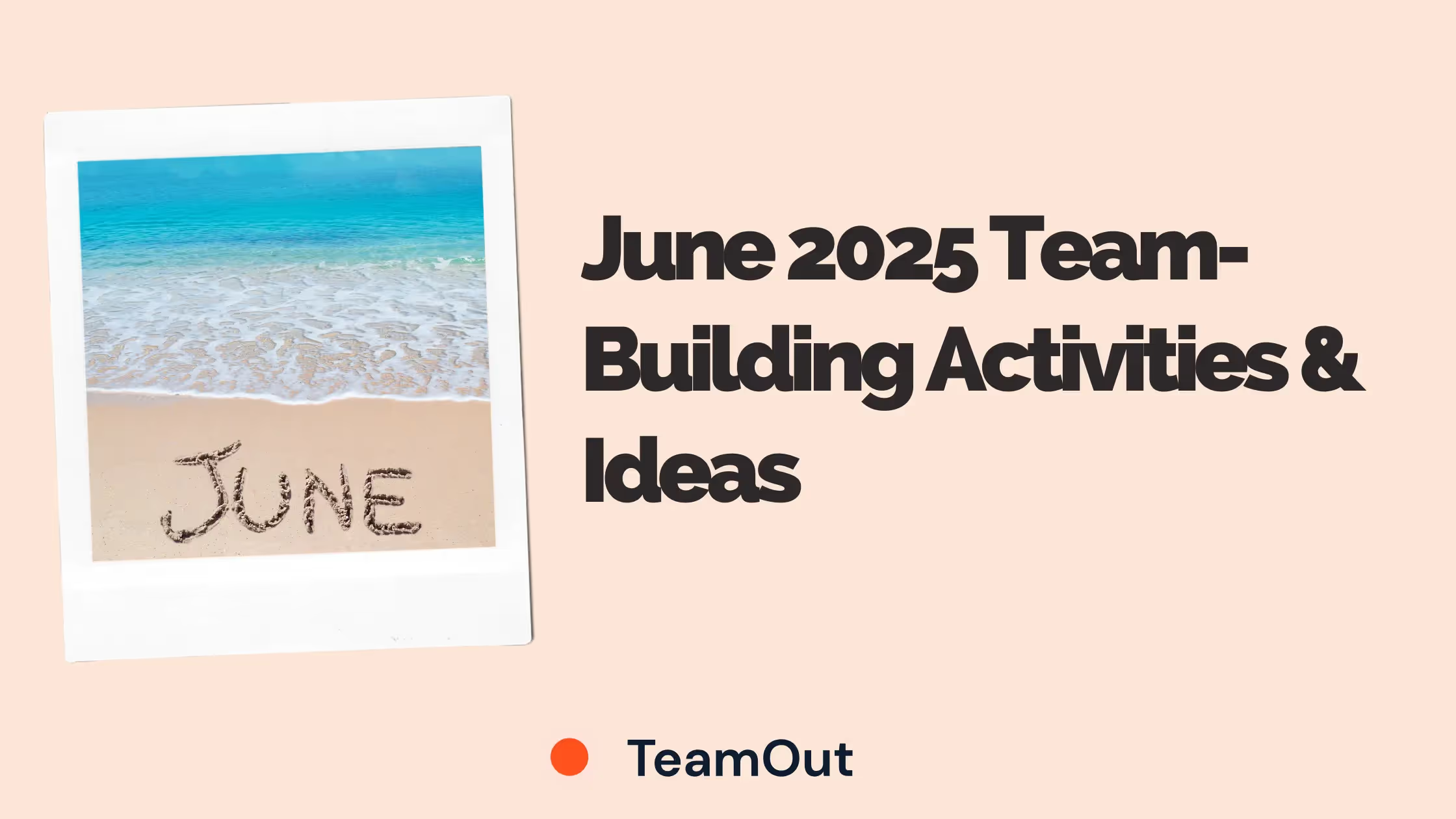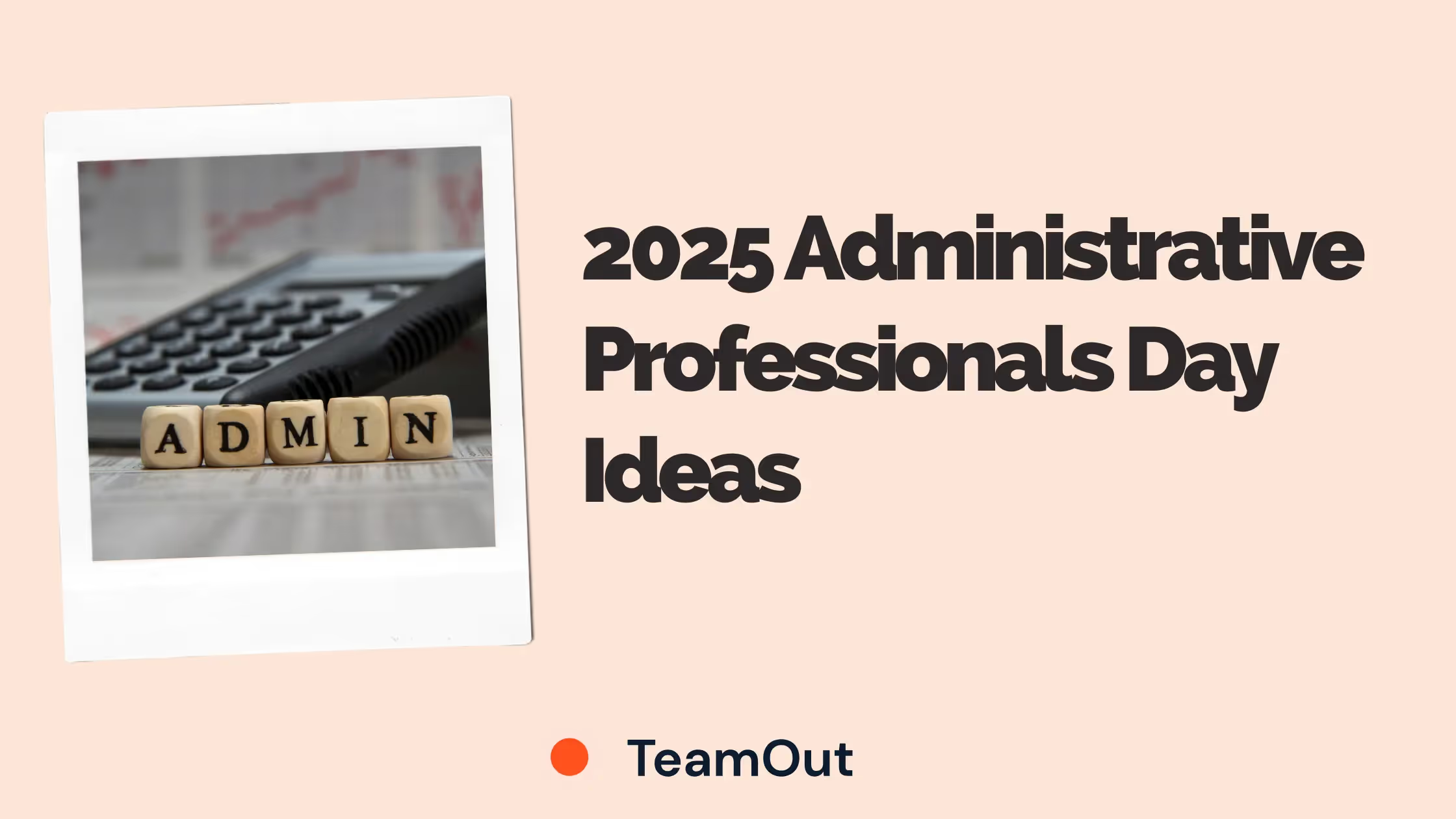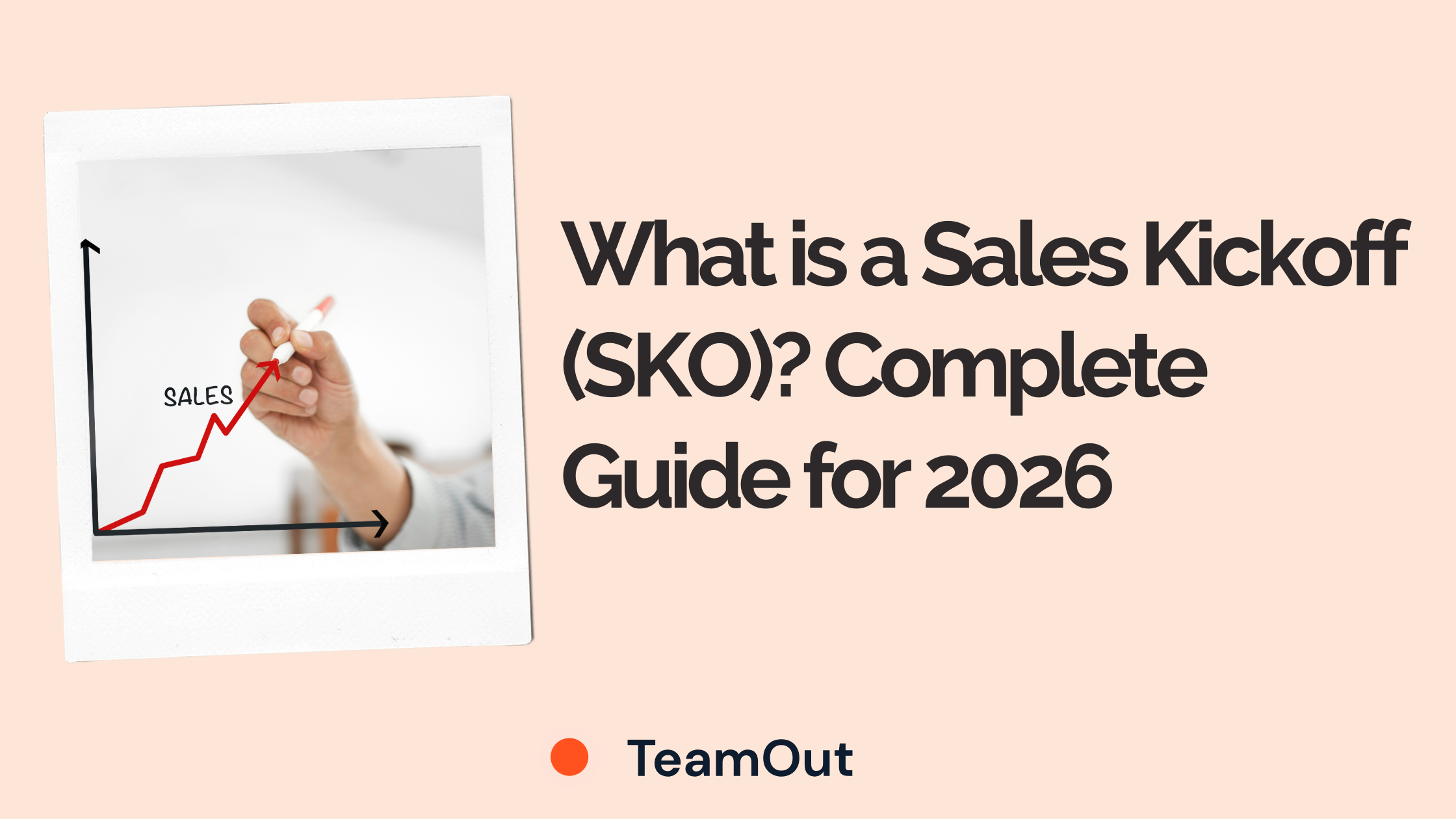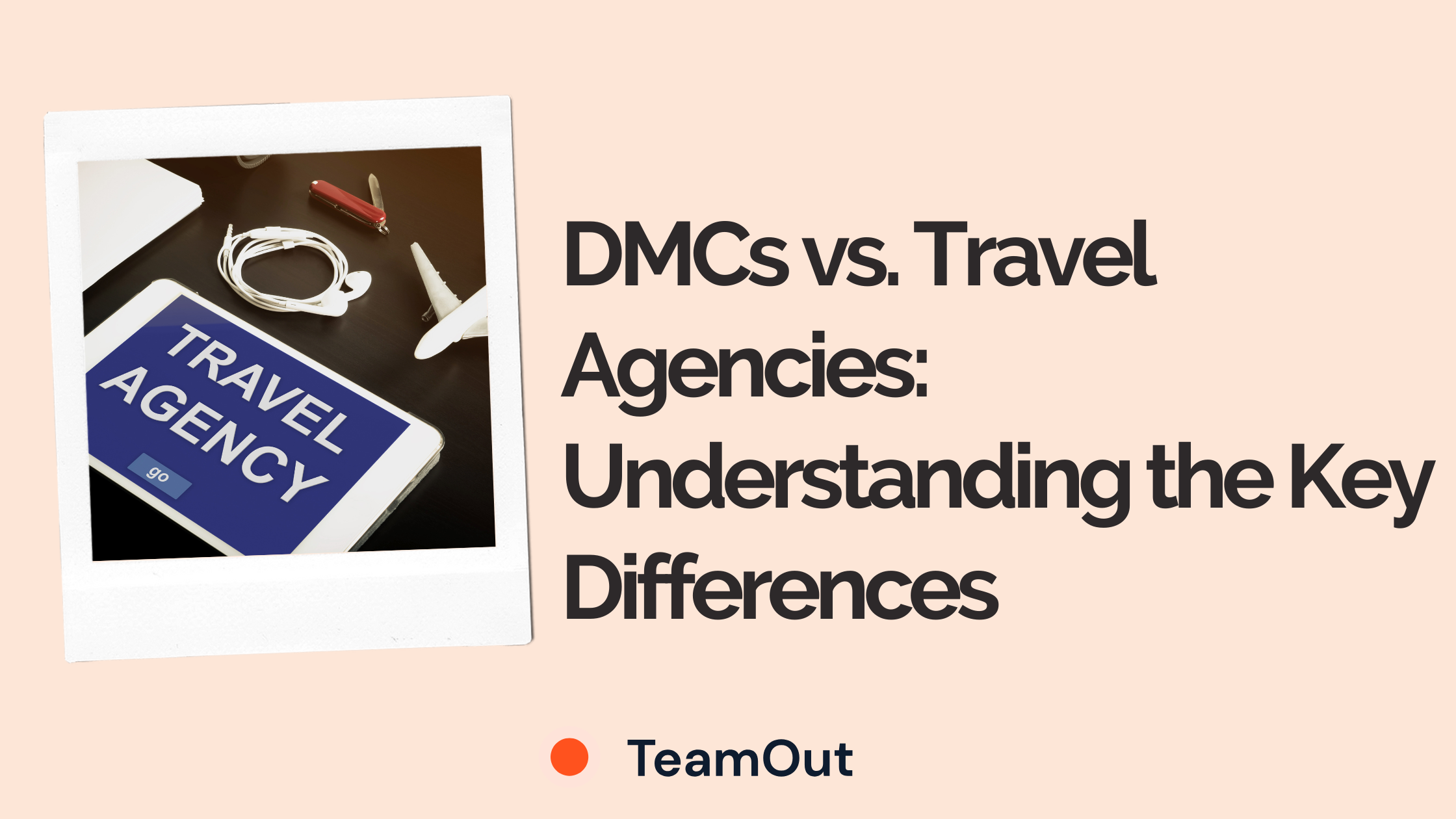Your workforce is the heart of your organization. Even with the most amazing premises, the best equipment, and the most flawless logistics, you could achieve nothing as a company without your human capital. People are what makes a workplace unique and welcoming and a business successful. That’s why employee engagement is so crucial. Thankfully, it’s something you can work toward understanding and improving. Here’s what you need to know about team engagement and how to maximize it.
What Is Employee Engagement in an Organization?
A 2017 Gallup study revealed that only about 15 percent of the global workforce is truly engaged at work. What does it mean for companies everywhere? That the level of dedication and enthusiasm people feel toward their job is overwhelmingly low, impacting their well-being and, as a result, their performance. Employee engagement is closely linked to employee morale. At TeamOut, we believe that striving to improve company culture and cultivate employee satisfaction is one of the most powerful things you can do as an organization.
Why Is Having an Engaged Workforce so Important?
In a company, everything is interconnected. When communication and support are low and there is little sense of belonging, team engagement declines. Employee engagement in an organization often constitutes a reliable metric. It reflects how sustainable its practices are. It conditions your workers’ commitment to your values and goals.
An engaged workforce takes a genuine interest in what you are trying to achieve as a business. Engaged employees have a clear understanding of their role. They tend to be self-motivated because they can feel the significance of their contribution which, in turn, bolsters a sense of community.

Team Engagement in the Wake of the COVID-19 Pandemic
With the emergence of WFH (Work From Home) practices, the importance of employee engagement has reached unprecedented stakes.
According to a survey carried out by Microsoft[1], the post-pandemic professional world is more focused on employee engagement than ever before, giving rise to a New Future of Work. The move to remote work put a strain on creative work and group decision-making. Video conference fatigue led to challenges fundamentally different from the expectations of in-person meetings. And yet, remote work also provided opportunities for more flexible schedules. Where solutions were put in place to counter the potential effects of social isolation, the benefits are making many consider adopting a hybrid model in the long term.
This goes to prove that driving employee engagement is more about understanding that every team is different and has a unique definition of “engaging workplaces and practices”. Forbes[2] posits that in this era of “Associate and Emanate”, team engagement centers on five key principles:
· Listening and gathering feedback.
· Applying psychology to preserve your employees’ sense of autonomy.
· Creating the ideal architecture to make strategic planning more straightforward.
· Ensuring you apply principles conducive to teamwork by putting communication at the heart of your efforts.
· Striving for consistency.
How to Increase Employee Engagement
There are three main aspects of employee engagement:
· The physical aspect relates to how much energy employees put into their work.
· The emotional aspect pertains to how much “heart” they are willing to put into completing their tasks to the best of their abilities and the sense of achievement they experience once they have done it.
· The cognitive aspect is their intellectual connection to their assignments. Are they just going through the motions or are they engrossed with the task?
Engaging workers on all three of these levels is how you can secure their personal investment in your company goals.
Positive Company Culture
TeamOut advocates for a positive company culture based on openness and communication.
If the COVID years have proven anything, it’s that people can still be productive and great at what they do outside the strict boundaries of 9-to-5. Offering workers more flexible work arrangements to align with their lifestyle – or simply with their preference – can do wonders for your team’s engagement.
It’s all about keeping an open dialogue with your employees through regular feedback sessions. These can be held over the course of a corporate retreat, interspersed with fun activities your associates can enjoy as a group (don’t forget that the most successful retreats are the ones that offer just the right balance of team-building exercises, bonding moments, and relaxing low-stake times).
Positive company culture means recognizing the hard work your team tackles on an everyday basis. Retreats can also be a great way to acknowledge your employees’ efforts throughout the year or as the ideal event to mark Employee Appreciation Day. But don’t forget that even small tokens and compliments that show how much you value them can go a long way toward bolstering employee engagement in an organization.
A “good” company cares about its employees’ well-being. Have strategies in place for preventing burnout and support systems to help those who may need it.

Training Opportunities / Career Development
An engaged workforce is also one that has something to look forward to. Start on the right foot by focusing on great onboarding, making sure new recruits feel valued and supported.
Put your commitment to employee growth at the forefront of your actions. Once settled in, show your employees that working for your organization isn’t just about contributing toward achieving company goals. Give them opportunities to grow within the company but don’t forget their need to further their professional and personal objectives as well. Training opportunities are there to make sure no one ever feels “stuck”.
Team Building Activities / Retreats
The benefits of a retreat for employee engagement couldn’t be overstated. How it works can be quite simple when TeamOut takes all the hassle out of corporate retreat planning. We’re here to help you understand how to plan a corporate retreat that will foster employee engagement in your organization.
From 1-day company retreat ideas (new url) to a whole week of team-building activities, we have all the tips for a successful retreat in-person or online!
Even a lighthearted walk in the woods, an impromptu picnic, or a day at the beach or out exploring the city can qualify as a one-day team retreat. Less disruptive than spending a week away – and more affordable as well – these short breaks are a breath of fresh air.
And if you want to spend time relaxing while still getting important work done, then a multiple-day retreat will allow you to focus on several goals over a single event. For example, you could spend five days enjoying walks in nature, outdoor yoga sessions, farm-to-table meals, and cooking lessons interspersed with conferences, team-building challenges, and training.

Digital/Online Team Bonding
In-person retreats and team-building activities are a wonderful way to build trust and connection while fostering well-being, but there are online alternatives! For remote teams, digital gatherings make for a fun, engaging retreats as well. Choose a “venue” – or a platform – that will allow you to chat, play games, host award ceremonies, etc.
Some solutions even support “digital rooms” where attendees can experience different activities, which is ideal for virtual retreats.
Rewards
Reward systems are a wonderful way to keep employees engaged, not because they only work with this extra perk as motivation but because it shows them that you appreciate their efforts.
Performance-based rewards, for instance, tend to boost performance, motivation, and productivity. You could also offer training as part of a development program or wellness benefits such as gym memberships, food stamps, health coaching, etc.
Note that employee satisfaction doesn’t just rely on monetary rewards. Public recognition is just as important, if not more.

How to Measure Employee Engagement?
While critical to a company’s success, employee engagement can be a difficult notion to circumscribe. It can be impossible to put a clear number on employee satisfaction, to know whether they find their tasks meaningful and fulfilling. And yet there is a direct correlation between employee engagement and a company’s profitability.
The Limitations of Traditional Employee Engagement Surveys
Measuring how engaged your workforce is isn’t just about metrics. Using engagement metrics that require long, complex surveys can go against what you’re attempting to achieve.
For instance, employees who already have a lot to deal with on a daily basis may not wish to take the time to reply to convoluted questions about their well-being at work. To get a clear picture, you’re looking for high response rates and easily-interpretable answers. Try focusing on positive things, and remember that it’s more about taking your workforce’s “engagement pulse” than categorizing responses based on demographics.
Alternative Methods for Measuring Employee Engagement
Instead of trying to create a single protocol for assessing employee engagement all at once, it could make more sense to break up your efforts to get a more detailed understanding of the employee experience.
Focus groups can provide qualitative insights into highly specific aspects of your employees’ engagement. You could use this time to explore whether team members know exactly what is expected of them, if they have the right equipment and resources at their disposal, if they have the opportunity to do what they do best, etc.
If you’re looking for even more specific feedback, try 1-1 exchanges. It’s not about singling out an employee or giving them the sense that they’re being interrogated, but about showing that you wish to take their individual feedback into account.
For real-time feedback, pulse surveys are an invaluable tool. And if you want to track simple, easy-to-understand metrics over time, try working with eNPS (Employee Net Promoter Score).

Acting on Employee Feedback: The Key to a Successful Engagement Strategy
Gathering employee feedback is an essential part of any employee engagement strategy. But if you don’t act on this feedback and implement meaningful changes, it won’t have much bearing on it.
Making impactful changes is not about quick fixes. It means taking the time to understand exactly what needs to change and how to improve upon your current model. Once your employees see that you’re taking their input into account and working toward building practices that will benefit the company and workers alike, their job satisfaction will rise, and their engagement along with it.
[1] https://www.microsoft.com/en-us/research/uploads/prod/2021/01/NewFutureOfWorkReport.pdf
[2] https://www.forbes.com/sites/forbesbusinesscouncil/2023/03/31/associate-and-emanate-five-steps-to-improving-employee-engagement/?sh=67e105683571

















.webp)


